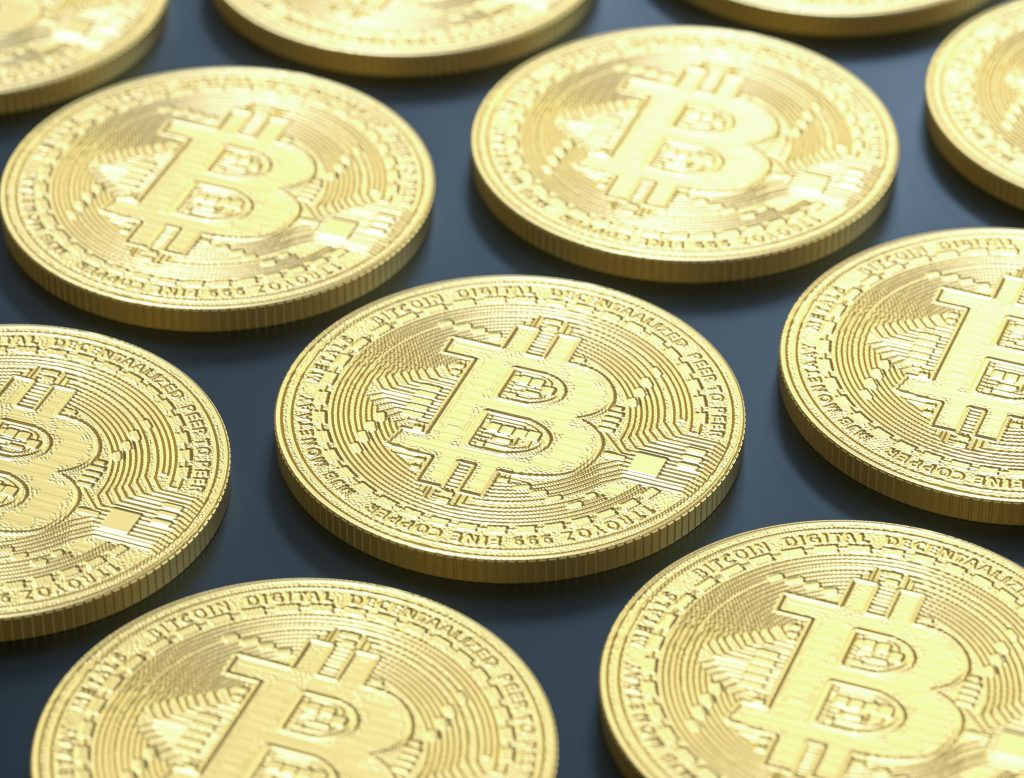Hyperbitcoinization explained: What is it and what causes it?
Many factors and events can lead to hyperbitcoinization, some of them good, some of them bad
Hyperbitcoinization : It is possible that Bitcoin could become the default value system of the world as mainstream adoption of these digital assets grows. Often, this inflexion point is referred to as hyperbitcoinization.
Table of Contents
Hyperbitcoinization explained: What is it and what causes it?
Since cryptocurrency was first introduced, it has come a long way. Speculative asset classes have quickly evolved into booming industries that continue to expand. In the midst of this growth explosion, Bitcoin, the world’s oldest cryptocurrency, is leading the way.
It is possible that Bitcoin could become the default value system of the world as mainstream adoption of these digital assets grows. Often, this inflexion point is referred to as hyperbitcoinization.
Many factors and events can lead to hyperbitcoinization, some of them good, some of them bad. A monetary system of this kind has also been predicted several times in the past. All of these points and more will be discussed in this article.

Hyperbitcoinization: what is it?
This phenomenon has a wide range of definitions. When the term was coined in 2014, it referred to the transition from inferior currencies to superior ones, such as Bitcoin. A tipping point can occur when people abandon fiat currencies and convert to bitcoin because they deem them unsustainable.
It is also viewed by some as a process of Bitcoin becoming the world’s primary monetary reserve. It is the main reason that the use of open-source Bitcoin wallet is increasing. Products and services will be denominated in Bitcoin as a result. Hyperbitcoinization is the use of digital assets as a transactional currency, and their ownership by individuals and businesses, just like fiat currency.
The factors that could lead to hyperbitcoinization
It is possible that hyperbitcoinization is the result of both good and bad factors. As a starting point, mainstream adoption could be a major catalyst for hyperbitcoinization. A hyperbitcoinized world isn’t far away as more and more individuals, companies, and countries invest in cryptocurrencies.
It is estimated that there are nearly 100 million Bitcoin users, 250,000 BTC held by countries, and almost 400,000 BTC held by public and private companies. Hyperbitcoinization is almost a certainty if these numbers continue on their current trajectory.
Another factor that could accelerate hyperbitcoinization is the increasing number of Bitcoin derivatives. Bitcoin derivatives, such as ETFs, futures, options, and perpetual contracts, are gaining popularity today. Crypto markets are accessible to traditional stock market traders and risk-averse investors.
In addition, Bitcoin as a transactional currency seemed far-fetched just a few years ago. While many changes have taken place since then, there have been many others as well. Cryptocurrencies are now accepted as a form of payment by several leading businesses, including airlines, restaurants, and car manufacturers. Eventually, we will reach hyperbitcoinization as the number of Bitcoin-accepting enterprises increases exponentially.
In the event of hyperbitcoinization, a central bank digital currency (CBDC) will be one of the negative factors. These digital fiat currencies will add surveillance and control to the current monetary system once they are introduced. Those seeking financial freedom (a vast majority of users) would switch to decentralized currencies like Bitcoin, thereby accelerating hyperbitcoinization.
The inflation rate is another negative factor (and perhaps the most important). Fiat currencies are devaluing rapidly, driving individuals to Bitcoin en masse. As a result of its rapid price appreciation over the last few years, the legacy coin is increasingly regarded as a hedge against inflation. The purpose of purchasing BTC is to preserve (and possibly multiply) the value of their wealth over time. Inflation will therefore accelerate the process of hyperbitcoinization if it increases.
When will hyperbitcoinization occur?
Finder surveyed 42 cryptocurrency experts in 2021. In the survey, 54 percent of respondents believed that hyperbitcoinization would take place by 2050. According to 29 percent of experts, it could occur as early as 2035.
According to Kraken growth lead Dan Held at last year’s Bitcoin conference in Miami, hyperbitcoinization will take at least a decade. If we do have a scenario where fiat currency devalues rapidly, bitcoin surges, or gets close to $1 million per bitcoin – a supercycle moment – we may see it much sooner, maybe in five or six years, but that is highly unlikely.
Over the next few years, billions of new users would need to be onboarded. According to Finder’s panelists, 44 percent did not expect hyperbitcoinization to happen in the near future due to massive government and regulatory support.
Conclusion
Overall, it is difficult to predict when hyperbitcoinization will occur. A transition of this magnitude is certain to take a long time. The adoption of crypto among retail and institutional investors is also hindered by a plethora of security and regulatory concerns. As a result, hyperbitcoinization may be curtailed. The landscape is changing, however, and a monetary system based on Bitcoin seems possible.
Comments are closed, but trackbacks and pingbacks are open.